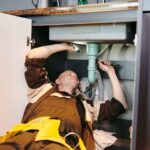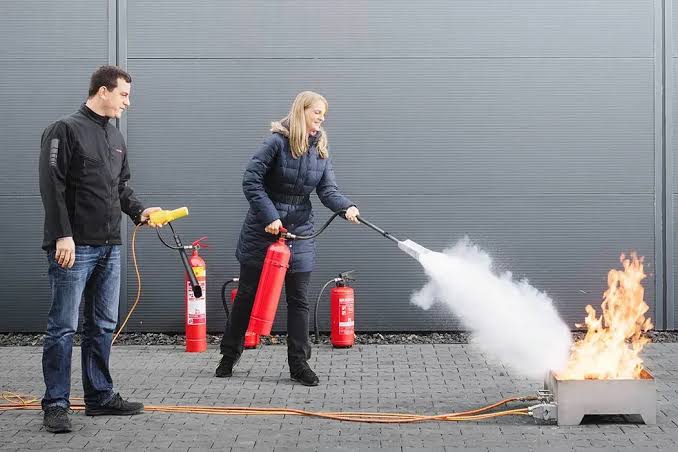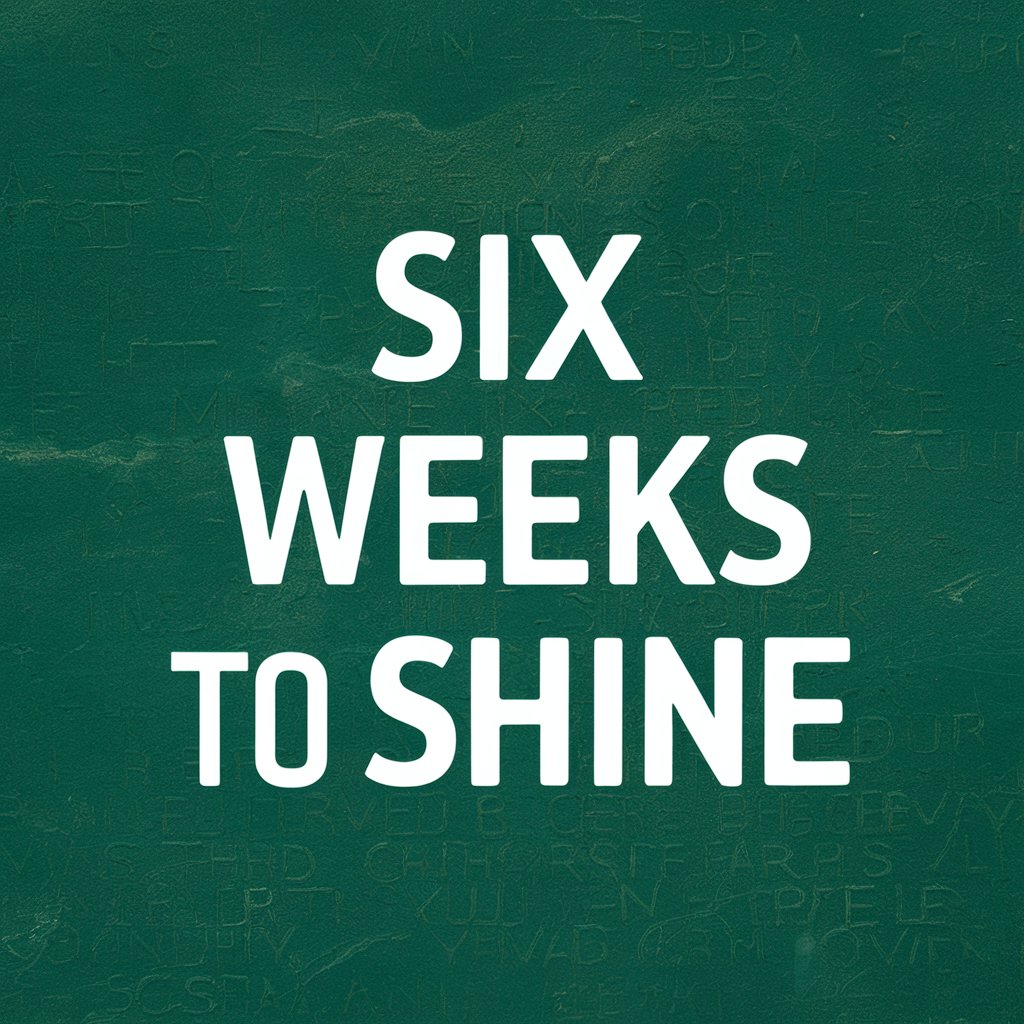Moles (melanocytic nevi) are clusters of melanin-producing cells in your skin. The average person has 10-40 moles. In Sydney’s high-UV environment, regular mole checks are crucial. Treatment costs range from $150 to $500 per mole. Medicare covers removal when there’s a cancer risk. This guide explains everything Sydney residents need to know about mole care.
Key Takeaways
- Regular skin checks are essential in Sydney – mark your calendar for monthly self-checks and yearly professional examinations.
- Know your ABCDE warning signs for moles: Asymmetry, Border irregularity, Color variation, Diameter over 6mm, and Evolving appearance.
- Medicare covers mole removal when there’s a medical need, with costs ranging from $150-$500 for non-covered procedures.
- Prevention is better than treatment – use SPF 50+ sunscreen daily and reapply every two hours when outdoors in Sydney.
Why Understanding Moles Matters in Sydney’s Climate
In Sydney, we get 2-3 times more sun exposure than most other major cities. This makes understanding moles extra important. Our city has one of the highest skin cancer rates worldwide. Knowing about moles could save your life.
The Science of Moles
Most Australians don’t know that moles are clusters of specialized skin cells. These clusters form when melanocytes grow together in a small area. They normally spread out in your skin. They become a neighborhood of cells.
What Makes a Mole?
A mole forms when melanocytes cluster together. These are the cells that make melanin, your skin’s pigment. Think of melanin as your body’s natural sunscreen. Most moles appear before age 30. If you’re considering mole removal Sydney clinics often start with a complete examination of all your moles.
Types of Skin Cells in Moles
Your mole contains three main types of cells. Epidermal cells form the top layer. Melanocytes give the mole its color. Dermal cells create the deeper layers. Understanding these helps you know what’s normal.
Common Mole Types in Australia
Medical experts have found several types of moles on Australian skin. Each type has its own traits and risks. So, knowing the difference can help you spot problems early.
Congenital Melanocytic Nevi
These are birth moles. About one in 100 Australians has them. Small ones are usually harmless. Large ones need regular checks. They can be flat or raised.
Acquired Melanocytic Nevi
These are the most common moles. They appear during your life. The Sydney sun often triggers them. They usually stay smaller than 6 millimeters across.
Dysplastic Nevi
These are irregular moles. They can look like melanoma. About one in ten Australians has them. Having five or more increases your melanoma risk.
Understanding Mole Formation
Your body creates moles through a complex process. It involves genetics, sun exposure, and hormones. In Sydney’s intense UV light, this happens more than in many places.
Genetic Factors
Your genes control how many moles you get. They also affect your mole types. Scientists have found 32 genes linked to mole formation.
Environmental Impact
UV radiation changes how your melanocytes work. Sydney’s UV index often exceeds 11 in summer. This extreme UV exposure can create new moles.
Hormonal Influence
Pregnancy can make moles darker. Birth control pills might increase mole numbers. These changes usually aren’t dangerous.
Medical Terms Made Simple
Doctors use specific medical terms to describe moles and their changes. Knowing these terms can help you communicate better with your healthcare provider. It can also help you take better care of your skin.
Common Mole Features
Your doctor uses specific terms to describe moles. A “dome-shaped” mole is raised and round. A “junctional” mole is flat and dark. These terms help track changes.
Warning Signs
Doctors in Sydney check moles using the “ugly duckling” rule. A mole that looks different from your others needs checking. They also use special tools called dermatoscopes.
Sydney’s Mole Removal Options
Sydney offers advanced methods for mole removal. Each suits different needs. The removal method depends on the mole’s size, location, and cancer risk.
Medical Procedures
Excision removes the whole mole. It costs $200-500 without Medicare. Shave removal takes off raised moles. It costs $150-300. Laser treatment might need several visits.
Where to Get Help
Sydney has over 50 skin cancer clinics. Many bulk-bill initial checks. Northern beaches have the most clinics. Western Sydney needs more services.
Treatment Costs
Medicare covers suspicious mole removal. Many mole removal Sydney specialists offer payment plans for cosmetic procedures. Private health insurance might help. Always check coverage before treatment.
Advanced Mole Monitoring
Modern technology has changed how doctors and patients track moles over time. Digital mapping and regular photography help catch concerning changes early. This is key in Australia’s high-risk environment.
Professional Photography
Many Sydney clinics use mole mapping. This creates a complete body photo record. It costs $250-400 but catches changes early.
Digital Tracking
New smartphone apps help track moles. They don’t replace doctor visits. They remind you to do monthly checks.
Living with Moles in Sydney
Managing moles in Sydney requires a combination of daily care and professional monitoring. Our city’s high UV exposure requires strategies to protect our moles and prevent new ones.
Daily Sun Protection
Sydney’s UV rays are strong year-round. Use SPF 50+ sunscreen daily. Reapply every two hours outside. This prevents new mole formation.
Local Support Services
Cancer Council NSW offers free skin checks. They run mobile clinics in summer. Many local GPs bulk-bill mole checks.
Professional Assessment
Finding the right skin specialist in Sydney is vital for your mole care and treatment. It can greatly affect the results. A qualified pro can provide routine monitoring and, if needed, expert removal.
Finding the Right Doctor
Look for doctors with skin cancer training. The best mole removal Sydney clinics have doctors with specific training in different removal techniques. Check their experience and monitoring methods.
Questions to Ask
Write down your mole history. When researching mole removal Sydney practitioners, ask about their removal options. Discuss costs and recovery time. Get a second opinion for serious cases.
Recovery and Aftercare
Mole removal requires special care due to Sydney’s climate. Proper aftercare speeds healing and reduces scarring and complications.
Healing Process
Most removal sites heal in 2-3 weeks. You might need special bandages. Swimming isn’t allowed for two weeks.
Scar Prevention
Sydney’s sun can darken scars. Keep removal sites covered. Use special scar creams. Follow all aftercare instructions.
Conclusion
Understanding moles is vital in Sydney’s harsh climate. Regular checks and sun protection prevent problems. Medicare helps with medical removals. Keep this guide handy for reference. Your skin health matters in our sunny city.
Remember to get yearly skin checks. Know your moles and their changes. Early treatment saves lives. Sydney offers many qualified professionals who can help. Take advantage of local resources and stay sun-safe.
Frequently Asked Questions
Can all moles be removed?
Most moles can be safely removed by qualified doctors in Sydney. The best removal method depends on the mole’s size, type, and location. Medicare covers removal if there’s a cancer risk.
How much does mole removal cost in Sydney?
Costs vary from $150 to $500 per mole. Medicare-covered removals might only need a gap payment. Cosmetic removals aren’t covered. Some private health insurance plans help with costs.
How long does it take to recover from mole removal?
Most people heal within 2-3 weeks. The exact time depends on the removal method and mole location. You’ll need to keep the area clean and protected from Sydney’s sun.
Will my mole removal be covered by Medicare?
Medicare covers mole removal if your doctor suspects cancer or if it causes problems. Purely cosmetic removals aren’t covered under Medicare benefits.
How often should I check my moles in Sydney?
Check your moles monthly at home and get professional checks yearly. Sydney’s high UV levels may require more checks on high-risk people.






